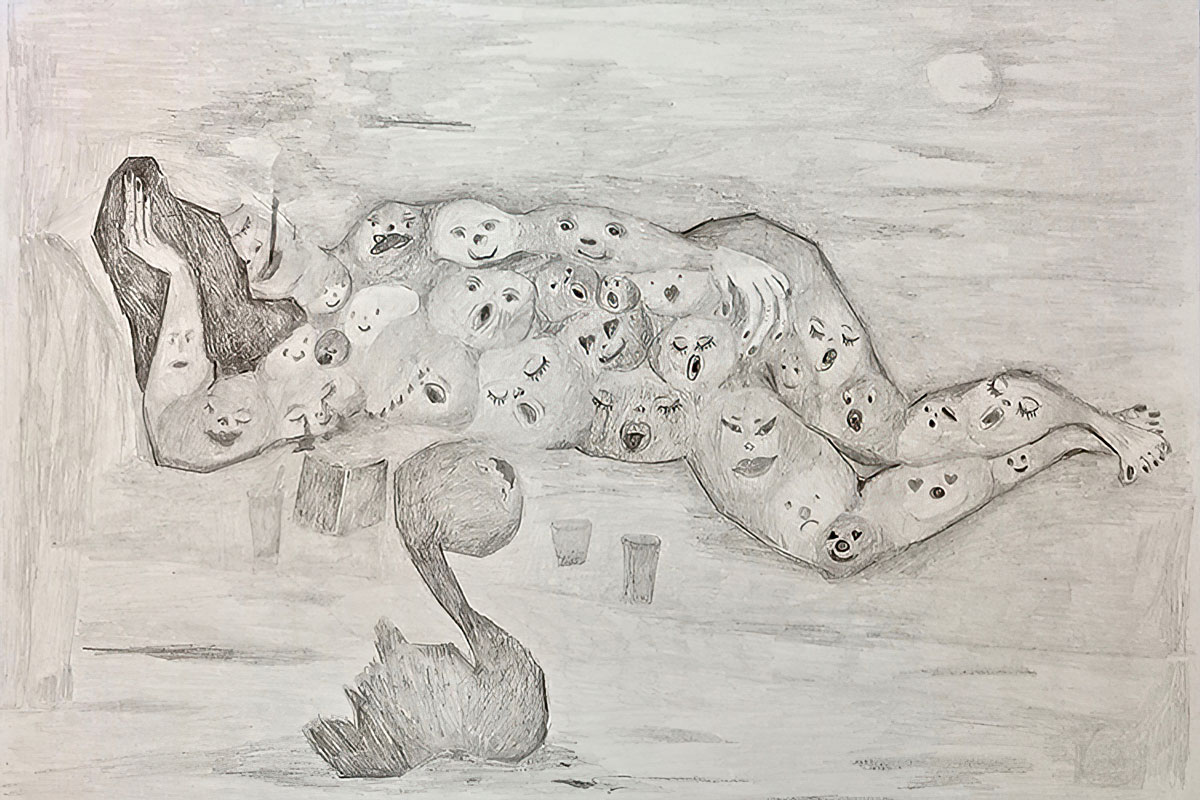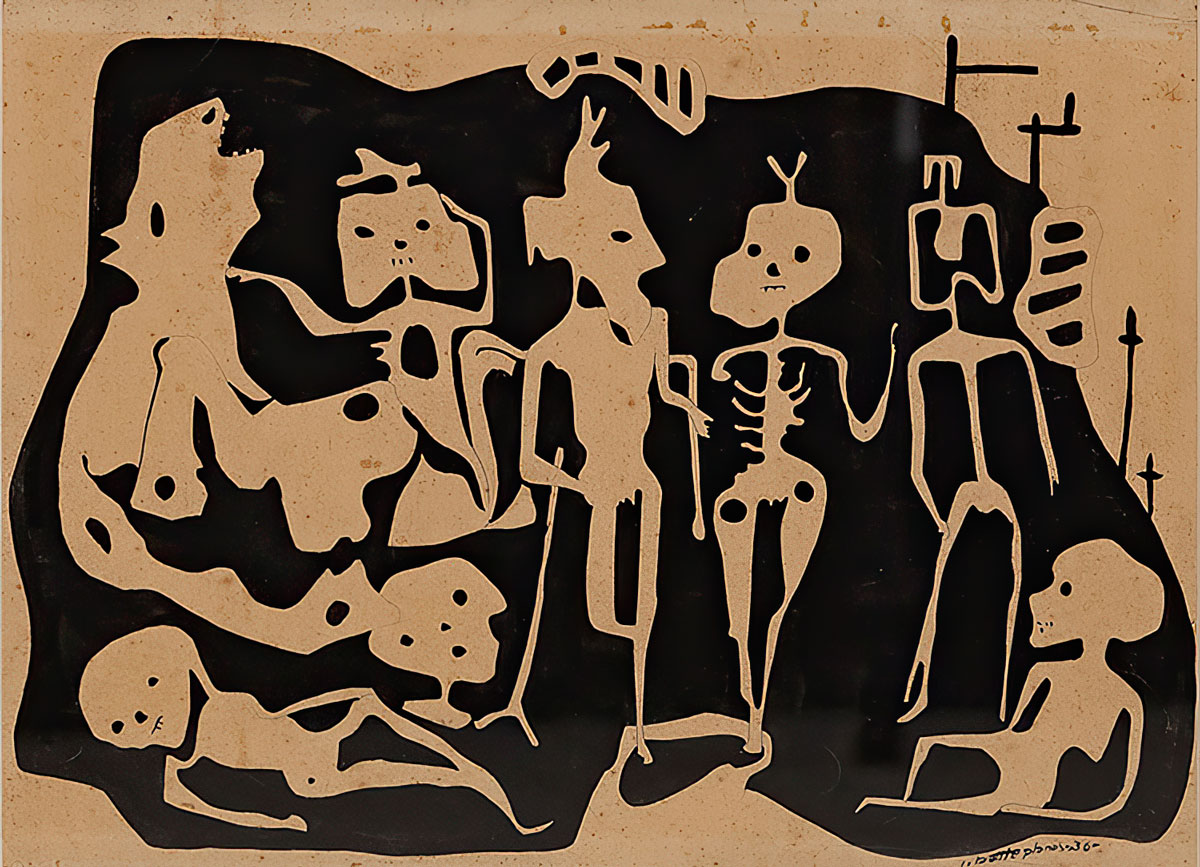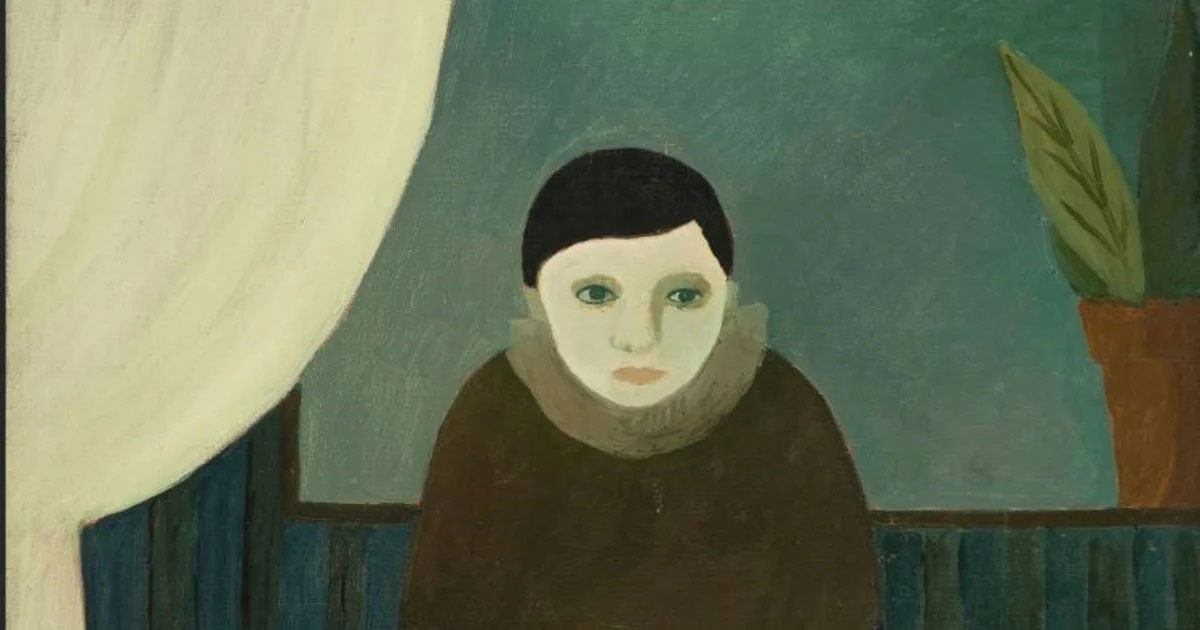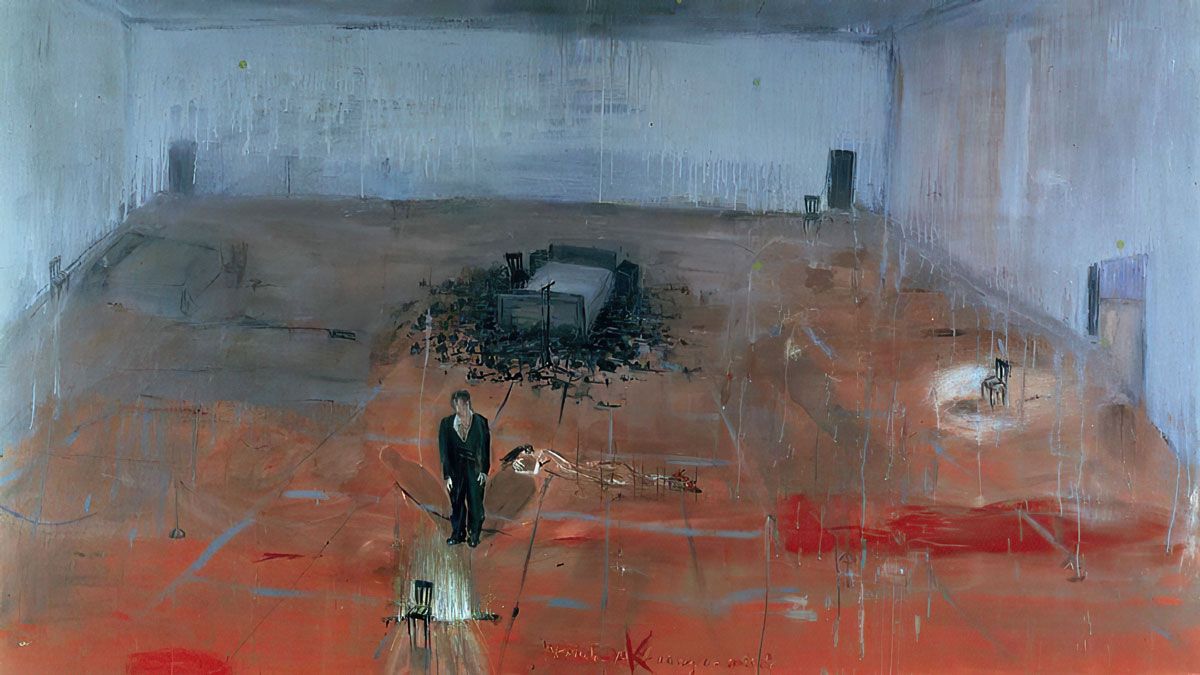ART CITIES:Buenos Aires-Terapia
 The exhibition “Terapia” explores the pervasive influence of Freudian psychoanalysis on Argentine culture at large and its inception as a vector for modernity. The curatorial approach of this exhibition is grounded in the development of the field of therapeutic practice and knowledge in the past century—which in time has become idiosyncratic to the national identity.
The exhibition “Terapia” explores the pervasive influence of Freudian psychoanalysis on Argentine culture at large and its inception as a vector for modernity. The curatorial approach of this exhibition is grounded in the development of the field of therapeutic practice and knowledge in the past century—which in time has become idiosyncratic to the national identity.
By Efi Michalarou
Photo: MALBA Archive
The exhibition “Terapia” gathers 200 works by modern and contemporary artists who dealt with different topics informed by the reception of psychoanalysis in Argentina as well as its critical counterpoints and ruptures. Rather than presenting a historiography of psychoanalysis, the exhibition posits a number of questions which aim to become an invitation to reflect, from the perspective of the visual arts, on the conditions that made the psychoanalytic drive one of the most singular and remarkable features of modern Argentine culture. The discipline created by Sigmund Freud in Vienna – around 1896 – arrived from Europe to Buenos Aires at the beginning of the 20th century, from the discussions of psychologists, psychiatrists, doctors and philosophers about mental health practices. In a short time, he managed to penetrate the uses of language in the urban fabric of the capital and the main cities of the country, in addition to joining the academic study programs. As a method of therapy or a healing aid technique, psychoanalysis became very popular in the 1930s in popular magazines and later in the mass media, thus becoming, according to the historian Mariano Plotkin, an object of cultural consumption. In 1942 the Argentine Psychoanalytic Association (APA) was founded by a group of six members, some of them emigrants from Europe: Celes Cárcamo, Enrique Ferrari Hardoy, Ángel Garma, Marie Langer, Enrique Pichon-Rivière and Arnaldo Rascovsky. The exhibition includes portraits of the founders taken by photographers Annemarie Heinrich and Ricardo Sanguinetti, as well as extensive research on the origins of the institution. The APA not only institutionalized psychoanalysis in the country, but it was the first space dedicated to the professional training of psychoanalysts in Latin America. It operated in sync with discussions of European and North American peers. Also, since 1943, the APA produced the journal Psicoanálisis, the first publication in Spanish dedicated to the Freudian discipline. Throughout its history, the APA was rocked by successive fractures. Some of the founders, such as Langer and Pichon-Rivière, separated from it to place themselves in other trenches of therapeutic practice, others stopped having an active role within its structure. Enrique Pichon-Rivière was a key figure and exerted a great influence in different places and moments of the Argentine cultural field: he belonged to the surrealist circle of Batlle Planas, he was close to the writers Roberto Arlt, Enrique Molina and Jacobo Fijman, he wrote a biography of the Count de Lautréamont, his house hosted the first exhibition of Concrete Invention Art, as well as having introduced Oscar Masotta to the theories of Jacques Lacan. In the 1960s, the APA discourse expanded, and several of its figures came to occupy a prominent place in the programmatic contents of experimental art centers such as the Torcuato Di Tella Institute and later in the Art and Communication Center. (CAYC). The investigations of Emilio Rodrigué and the South African psychiatrist David Cooper –who visited the country repeatedly– are unavoidable in this period.
Works by: Arte de los Medios (E. Costa, R. Jacoby and R. Escarri), Roberto Aizenberg, Pompeyo Audivert, Líbero Badíi, Mildred Burton, Aída Carballo, Gertrudis Chale, Sara Facio, Manuel Aja Espil, Jacobo Fijman, Nicolás Guagnini, Emilia Gutiérrez, Narcisa Hirsch, Margarita Paksa, Martha Peluffo, Juan Batlle Planas, Lea Lublin, Oscar Masotta, Luis Felipe Noé, Emilio Renart, Claudia del Río, Susana Rodríguez, Marisa Rubio, Grete Stern, Ideal Sánchez, and Marcia Schvartz, among others.
Info: Curators: Gabriela Rangel, Verónica Rossi, and Santiago Villanueva, MALBA, Avda. Figueroa Alcorta 3415, Buenos Aires, Duration: 17/3-16/8/2021, Days & Hours: Wed 12:00-21:00, Thu-Mon 12:00-20:00, www.malba.org.ar




